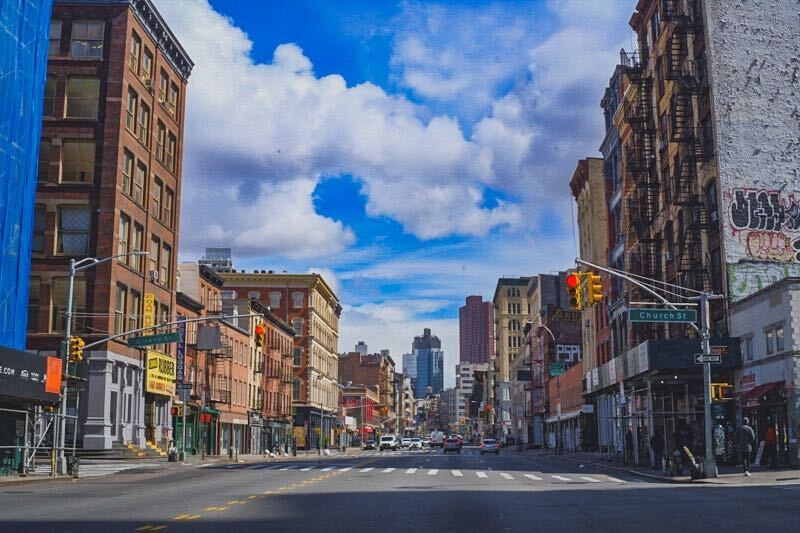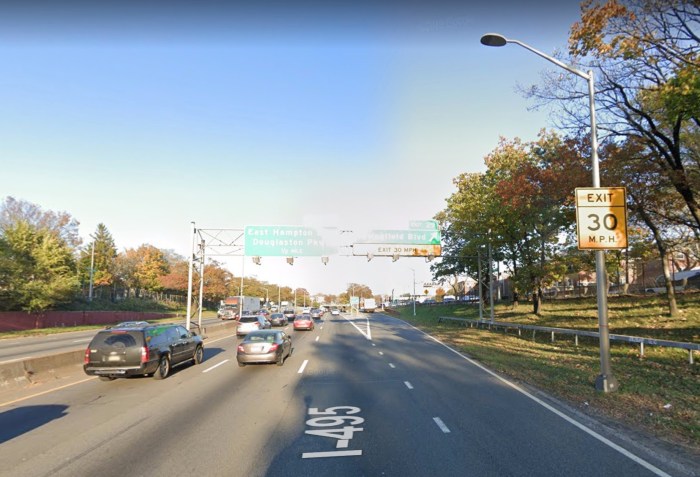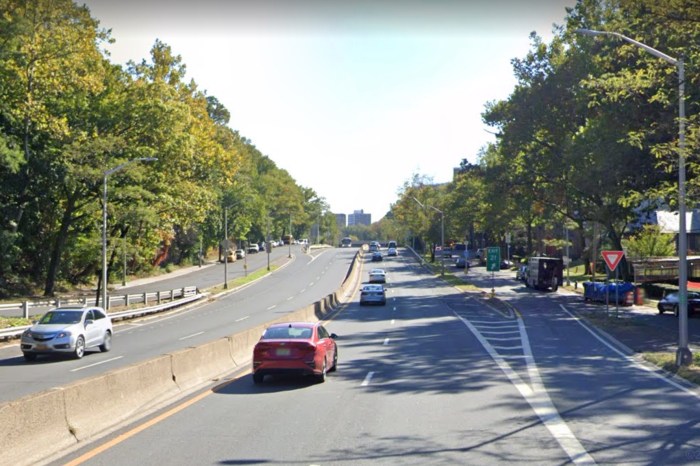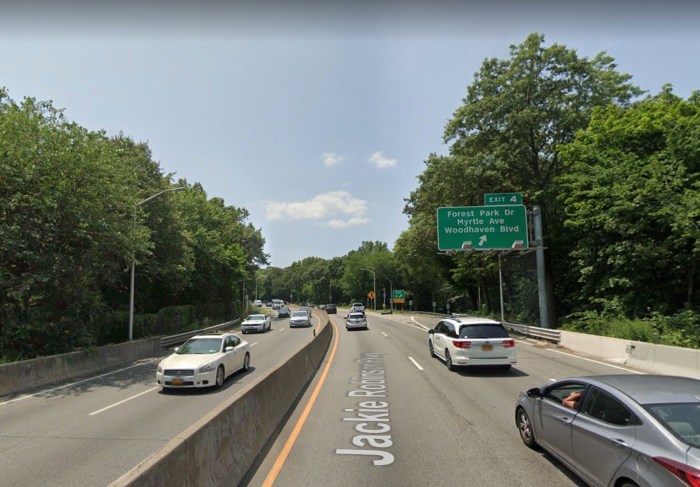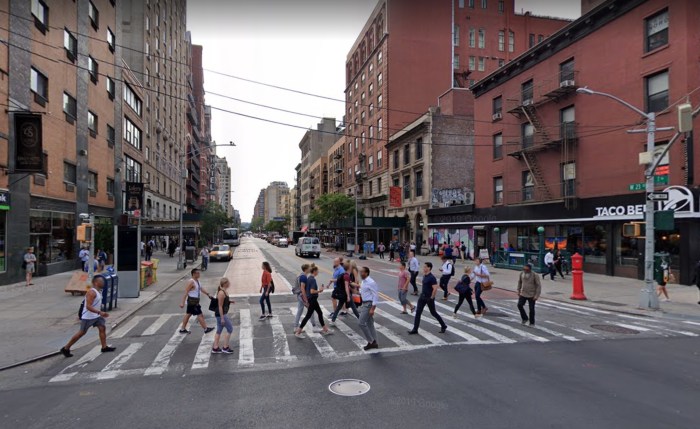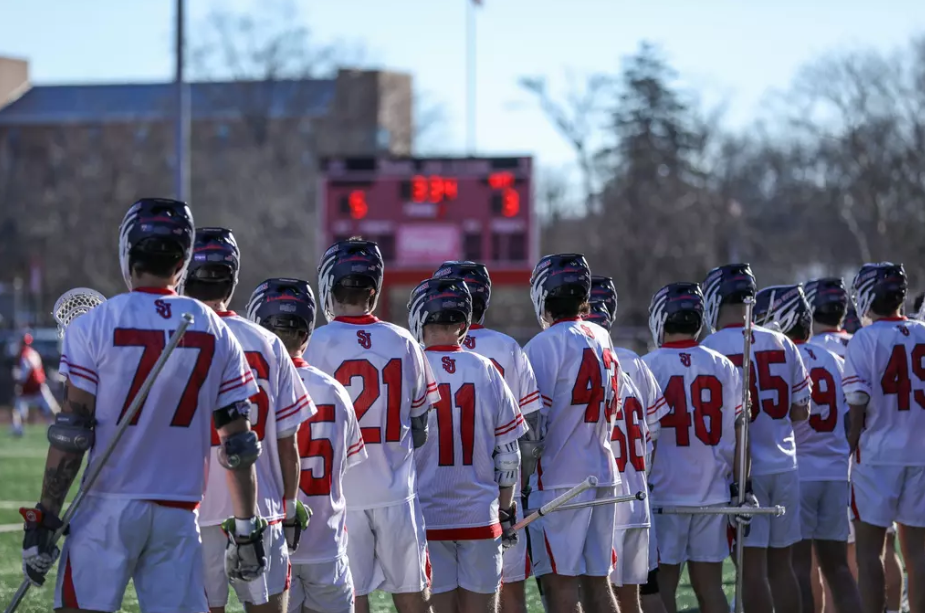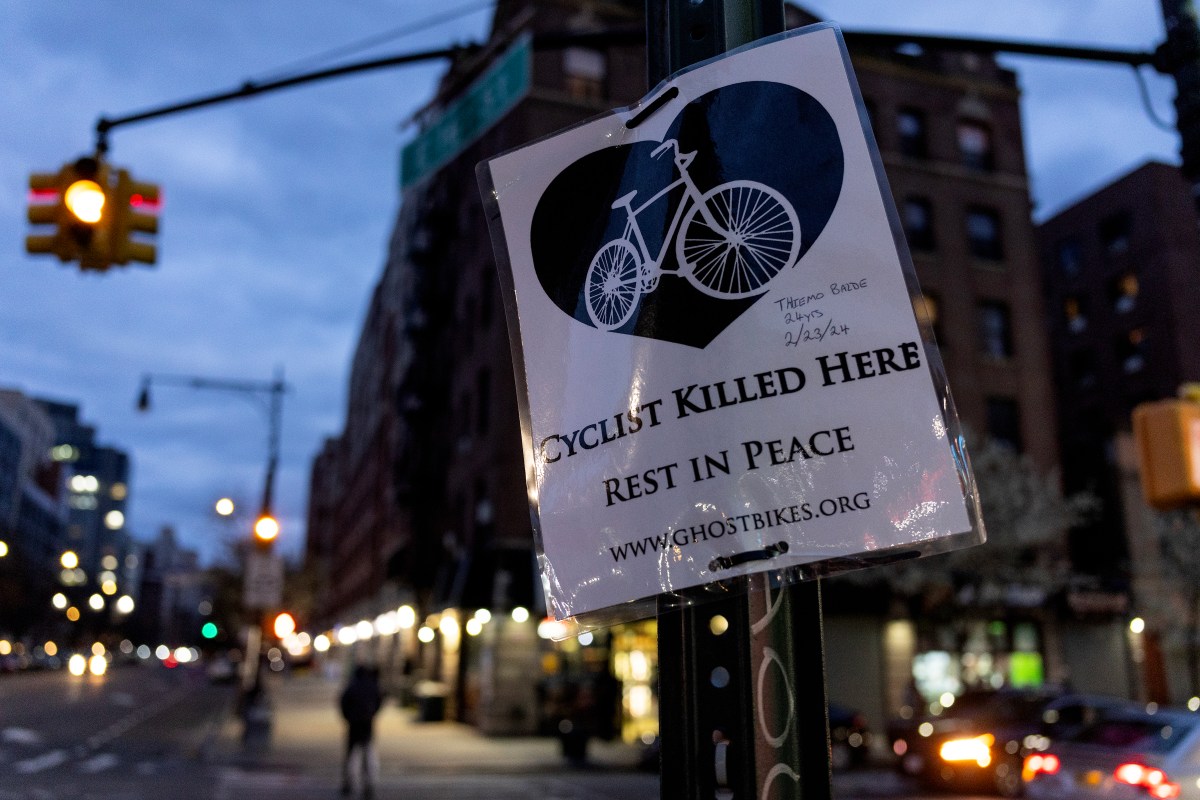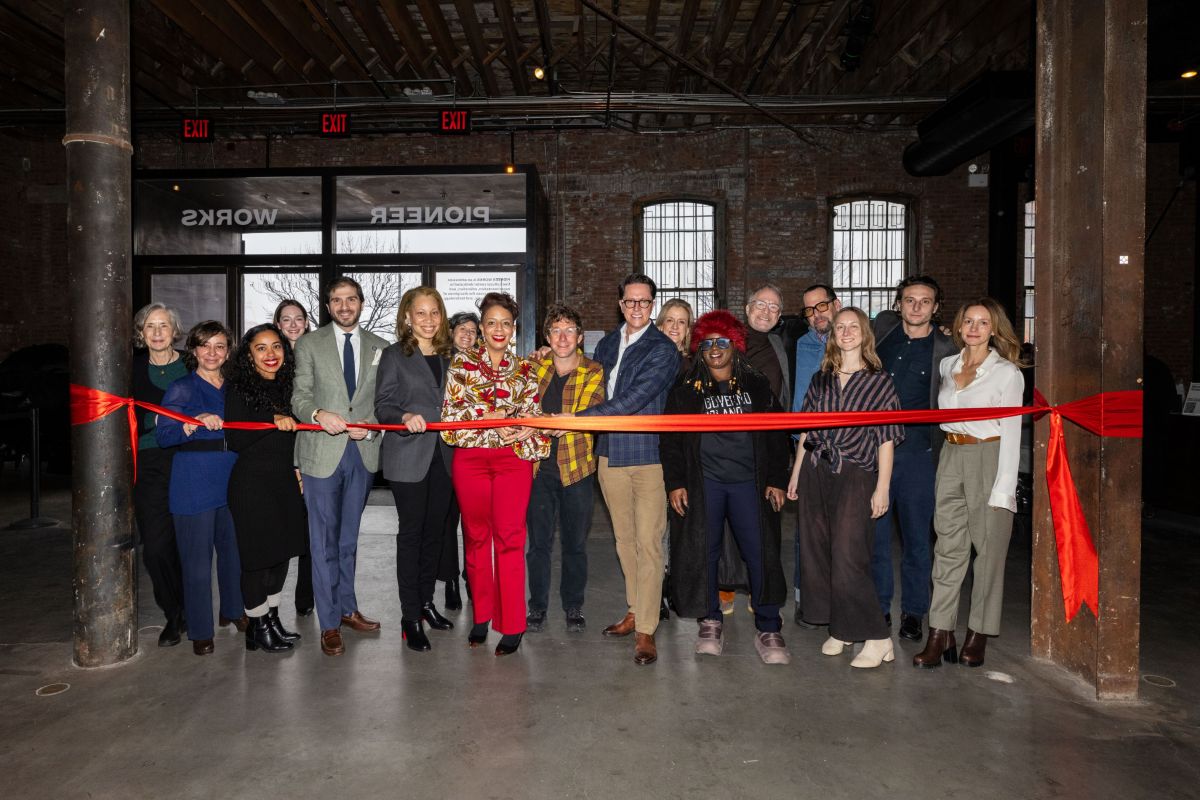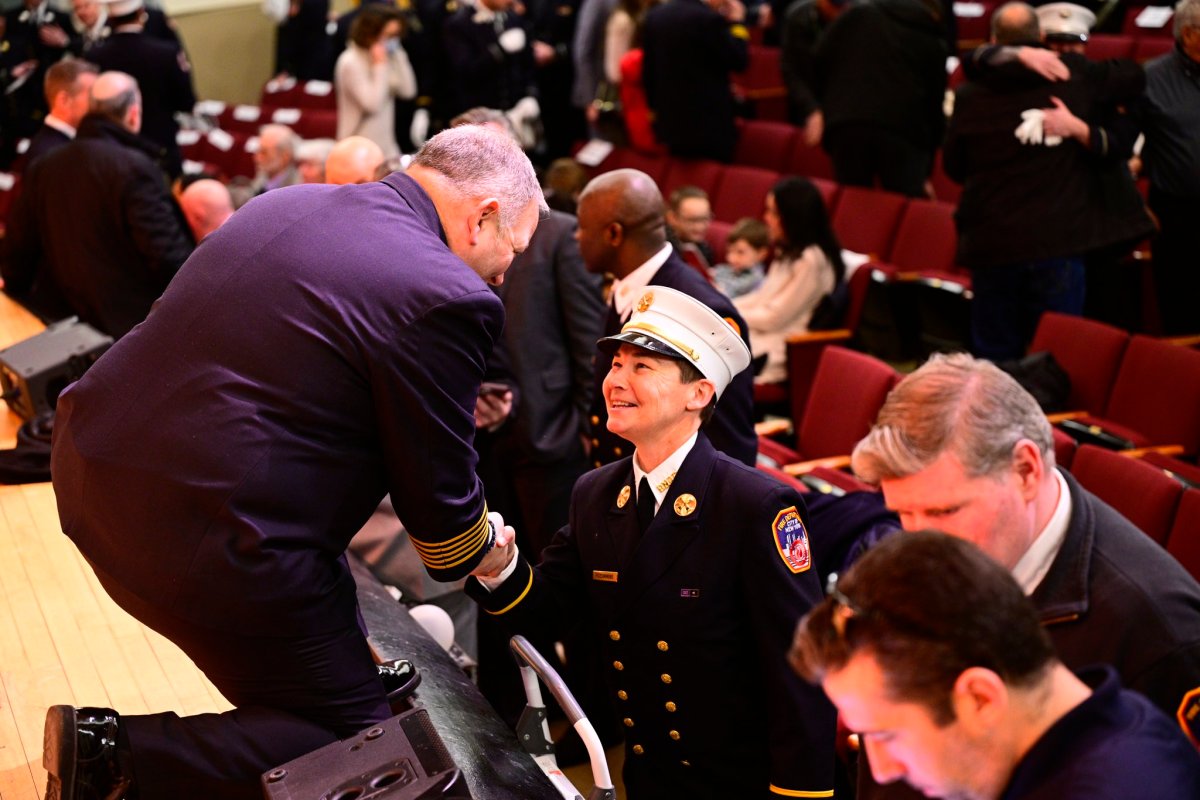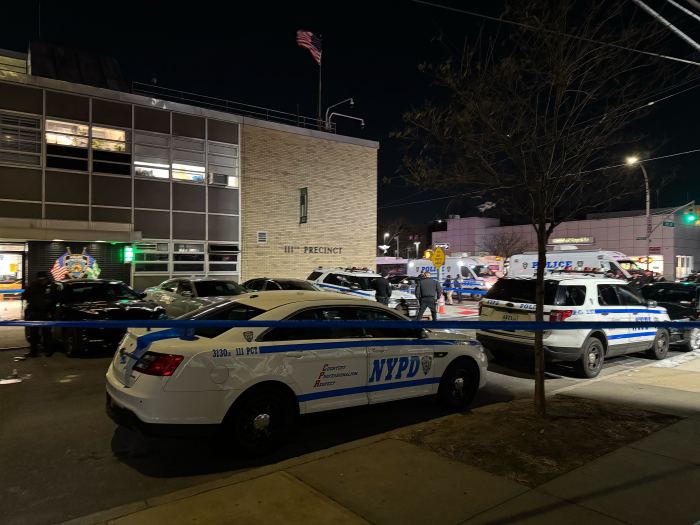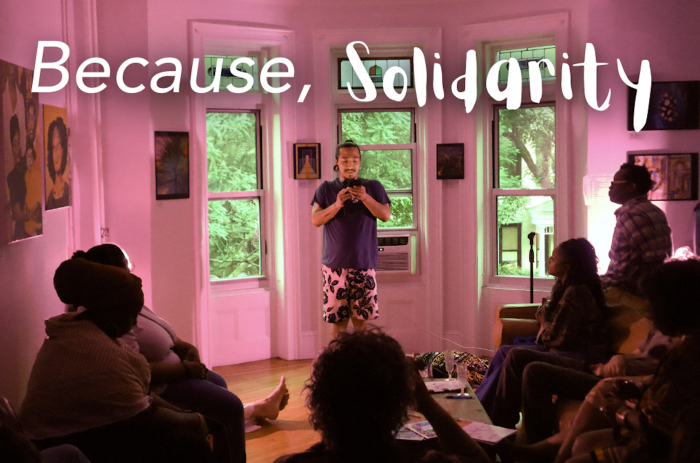Transportation advocates are urging the stampede of mayoral and City Council candidates in next year’s municipal elections to adopt initiatives that envision a future where nobody will die on New York City streets.
With Mayor Bill de Blasio’s seven-year-in-the-making Vision Zero initiative remaining a respected effort on this front, advocates hope the next mayor will take an aggressive approach to revolutionizing the way curb space is utilized, not only for free parking on side streets but also lowering speed limits and creating more open space.
“Not only do we have the tools and resources that we can look at globally, but New York City has been a leader and has been on the forefront of advancing these ideas. You can take a look at the transformation of Times Square and the 14th Street busway of the protected bike and bus lanes that are popping up across the city. New York City’s opportunity is really to scale of the incredible success that we’ve achieved today,” said Danny Harris, executive director of Transportation Alternatives. “As we see that this year is likely to be either the most deadliest or the second most deadly under Mayor de Blasio’s administration, again I want to stress that we can turn the corner on this, especially to ensure that we provide the resources to put people, not traffic, first.”
One starting point for the city, according to New York League of Conservation Voters Policy Director Pat McClellan, would be to make better use of curb space on side streets which he regards as free storage for cars and trucks in some of the priciest lands in the nation.
The money levied from motorists from parking fees, he says, could be a revenue stream for public transportation including the Metropolitan Transportation Authority, long-suffering under the COVID-19 pandemic.
“A lot of on-street parking in the city is free. Outside of business districts, you know, we don’t have meter parking on most streets, outside of business districts, we don’t have a parking permit system. We don’t really have any kind of a curb management system,” McClellan said. “There are a lot of things, the city could be doing here to even go a little bit of the way towards properly pricing, our road and sidewalk space which we don’t really do at all right now, could be an important way to both raise revenue for public transportation and also have more efficient use of our streets so that we’re not basically giving away some of the most valuable real estate in the United States for free for personal vehicle storage and delivery truck drop-offs.”
Jolyse Race, a senior organizer with Riders Alliance, suggested more widespread separation of bus thoroughfares from the rest of traffic with automated enforcement, a redesign of the MTA’s bus network to reflect modern commuting patterns, and a redesign of bus stops with more shelters and countdown clock.
“So New York’s slowest-in-the-nation bus system carries 2.5 million daily riders before COVID and serves over 1 million now. Buses are the lifelines for low-income New Yorkers of color and link neighborhoods that lack sets subway access, and in 2019, the better buses action plan promise 25% faster buses, a goal that must be met via the following policies,” Race said.
Harris closed by advocating for NYPD to be taken out of the equation when it comes to traffic stops to prevent discriminatory interactions with the public as well as getting key programs either underway or back on track.
“We need to prioritize Street and intersection. In the DOT’s pedestrian safety action plan that are focused on complete street designs, we need to fully fund the Dangerous Vehicle Abatement Program that takes most reckless drivers off the street, we need to fund the Streets Master Plan, we need to get the green wave and Vision Zero back on track,” Harris said. “I just want to end by saying that zero is not impossible Helsinki and, and Oslo did it last year, New York, needs to do it by 2024, or sooner.”
Eric McClure from Streets PAC said that if the city’s rolling out of the Open Restaurants plan amid COVID-19 is proof of how fast New Yorkers can adapt to a new way of life with car-free streets, reduced parking availability, and evolved methods of sanitation.



